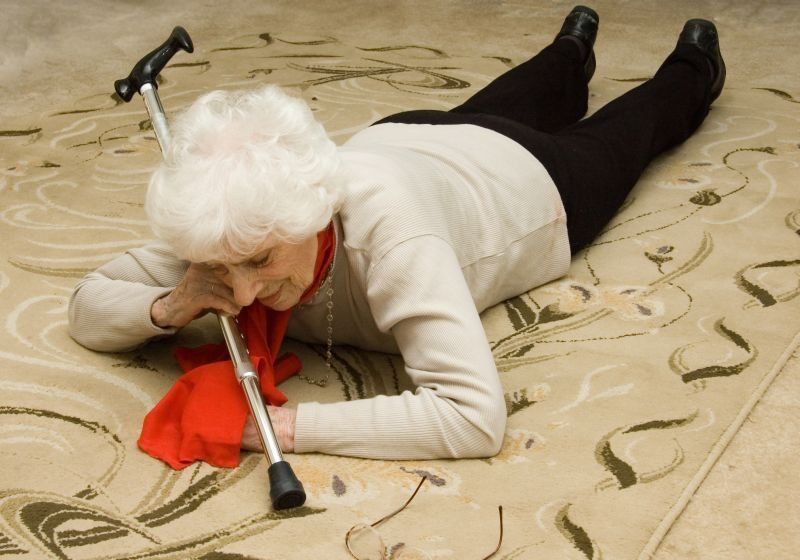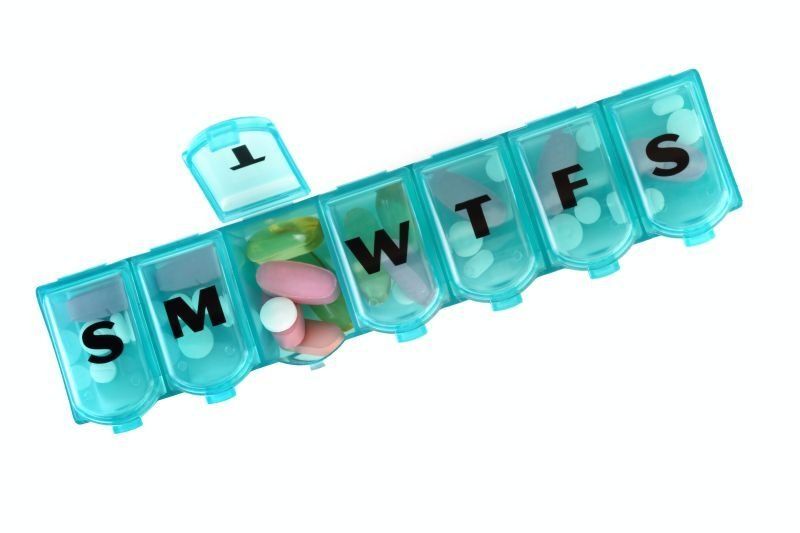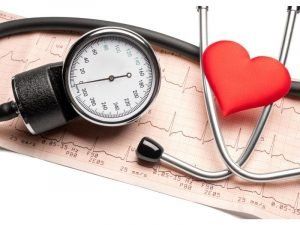Fall Risk

Between 30 and 40 percent of community-dwelling people over the age of 65 years, and 50 percent of those in long-term facilities, fall each year.
Major injuries result from 5 percent of falls in the community and 10 percent of falls in institutions.
Risk factors
Multiple risk factors have been identified, including
- past history of a fall,
- lower-extremity weakness,
- age,
- female sex,
- cognitive impairment,
- balance problems,
- psychotropic drug use,
- arthritis,
- history of stroke,
- orthostatic hypotension,
- dizziness,
- anemia.
Medication use is one of the most readily modifiable fall risks. Multiple medications of any type, and psychotropic drugs in particular, are associated with increased falls; benzodiazepine dose is more strongly correlated with risk.
Falls risk assessment –
All older clients should be asked at least once yearly about falls. Further evaluation is indicated for patients who present with a fall or have a history of recurrent falls.
Evaluation –
Evaluation for those who have sustained a fall should include postural vital signs that is blood pressure monitoring when sitting down and the raising from a seated position, assessment of visual acuity, hearing, and muscle function.
Diagnostic testing may include a complete blood count (CBC), serum blood urea nitrogen (BUN) and creatinine, glucose level, and vitamin D.
Holter monitoring, echocardiograms, and radiologic studies are indicated only when suggested by findings on history of exam. Assessment of carotid sinus sensitivity may be indicated in people with unexplained multiple falls.

Between 30 and 40 percent of community-dwelling people over the age of 65 years, and 50 percent of those in long-term facilities, fall each year.
Major injuries result from 5 percent of falls in the community and 10 percent of falls in institutions.
Risk factors
Multiple risk factors have been identified, including
- past history of a fall,
- lower-extremity weakness,
- age,
- female sex,
- cognitive impairment,
- balance problems,
- psychotropic drug use,
- arthritis,
- history of stroke,
- orthostatic hypotension,
- dizziness,
- anemia.
Medication use is one of the most readily modifiable fall risks. Multiple medications of any type, and psychotropic drugs in particular, are associated with increased falls; benzodiazepine dose is more strongly correlated with risk.
Falls risk assessment –
All older clients should be asked at least once yearly about falls. Further evaluation is indicated for patients who present with a fall or have a history of recurrent falls.
Evaluation –
Evaluation for those who have sustained a fall should include postural vital signs that is blood pressure monitoring when sitting down and the raising from a seated position, assessment of visual acuity, hearing, and muscle function.
Diagnostic testing may include a complete blood count (CBC), serum blood urea nitrogen (BUN) and creatinine, glucose level, and vitamin D.
Holter monitoring, echocardiograms, and radiologic studies are indicated only when suggested by findings on history of exam. Assessment of carotid sinus sensitivity may be indicated in people with unexplained multiple falls.


